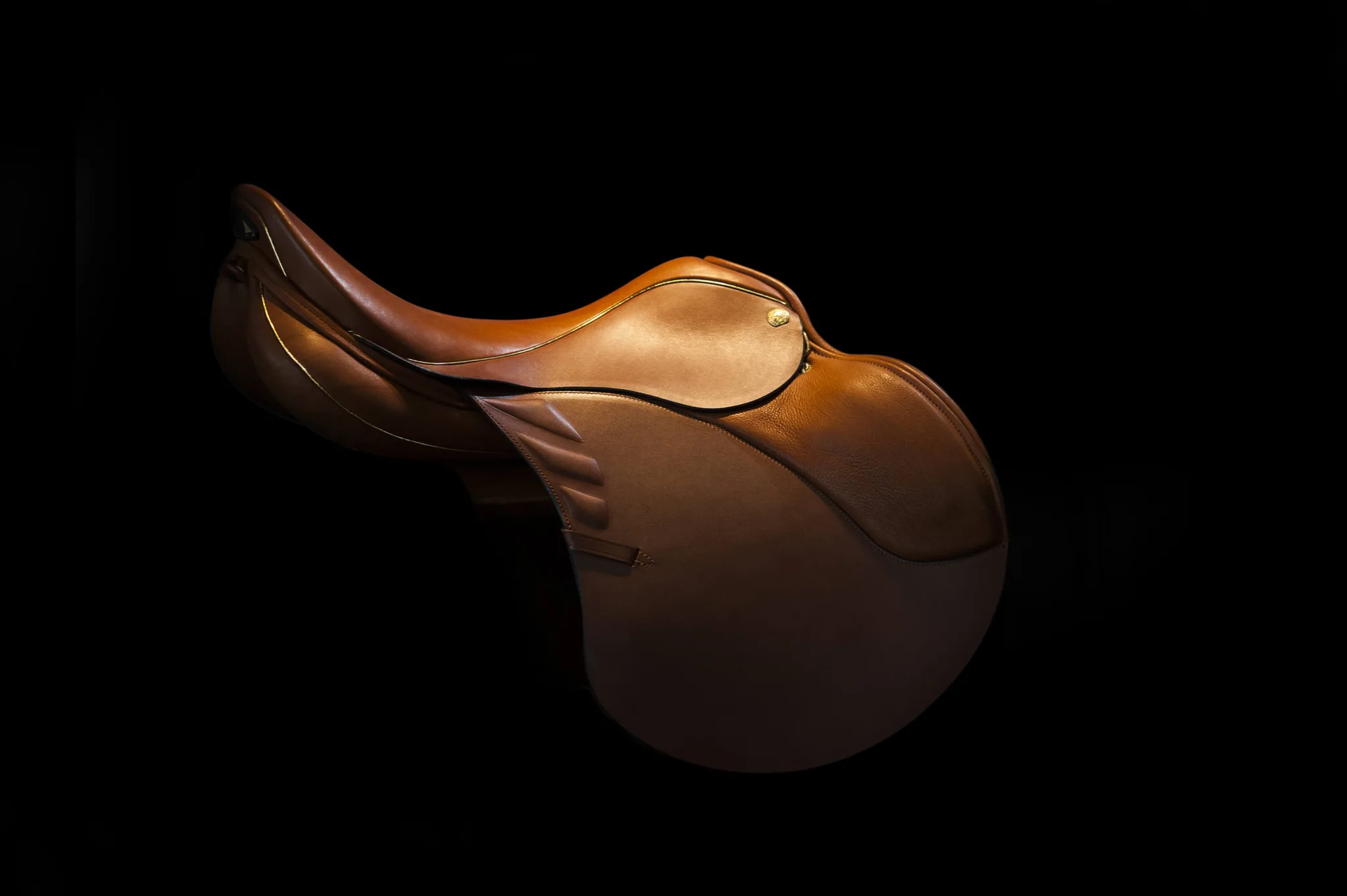Q: What are the different kinds of flocking in saddles?
A: There are several types of flocking that are commonly used in saddles. Below are the main types:
- White wool has long fibres, is softer and settles more quickly than other kinds of wool. However, it needs more regular checks and more regular top-ups than the other variants because it settles so quickly.
- Grey or brown wool is another very popular long-fibre flocking and tends to settle more slowly.
- Synthetic wool is another option, but, like with white wool, the saddle will need more frequent checks and more regular top-ups as it settles quickly. Synthetic wool should never be used with pure wool in a mixture.
- Air flocking generally refers to a system of four airbags that provide a soft, flexible and even weight-bearing surface. The air system is inserted into the panel and gives the saddle a flexible layer of shock-absorbing air. These bags can each be individually adjusted at any time.
- In addition to flocking, many saddles nowadays have a panel lining. Materials used for the lining include foam or felt, which help to provide a softer feel for your horse.
Saddles should be checked every six months or whenever you notice a drop in the performance or condition of your horse. Generally, they need reflocking every two years, but this does depend on the level of use and the flocking chosen. During the two years, the flocking that is present in the saddle can be redistributed, removed or supplemented but, by the end of two years, the flocking is typically compacted and in need of a full replacement.

